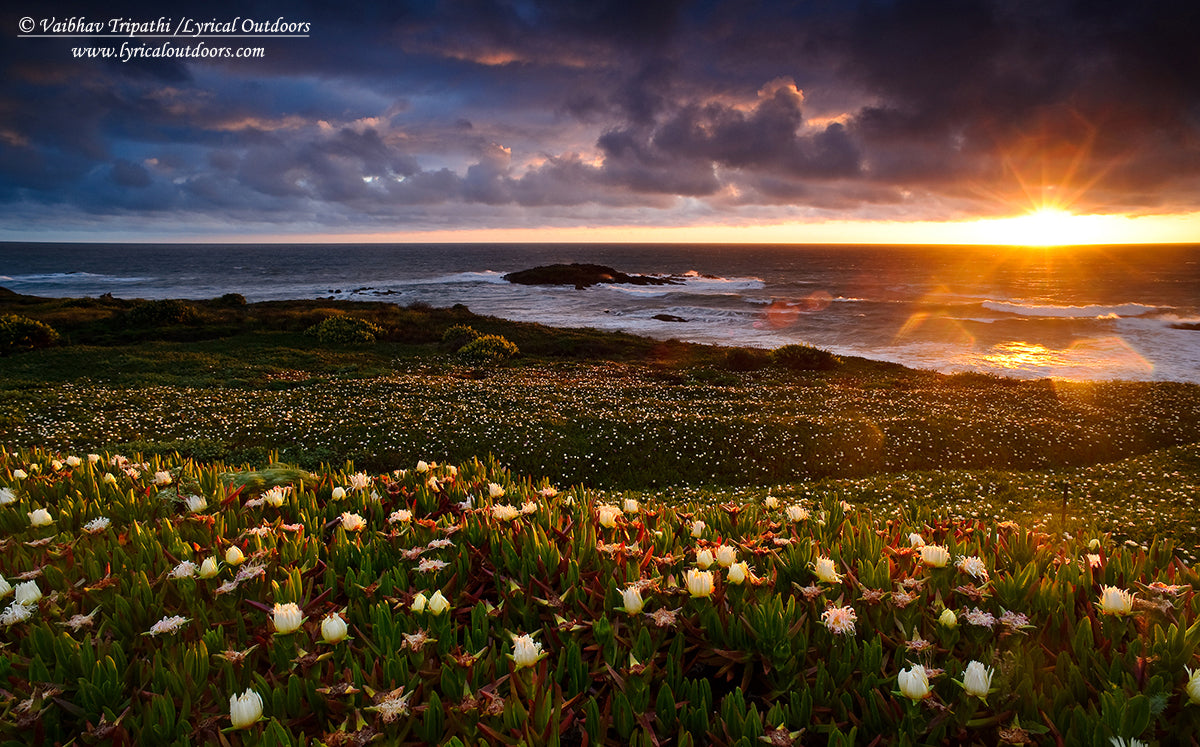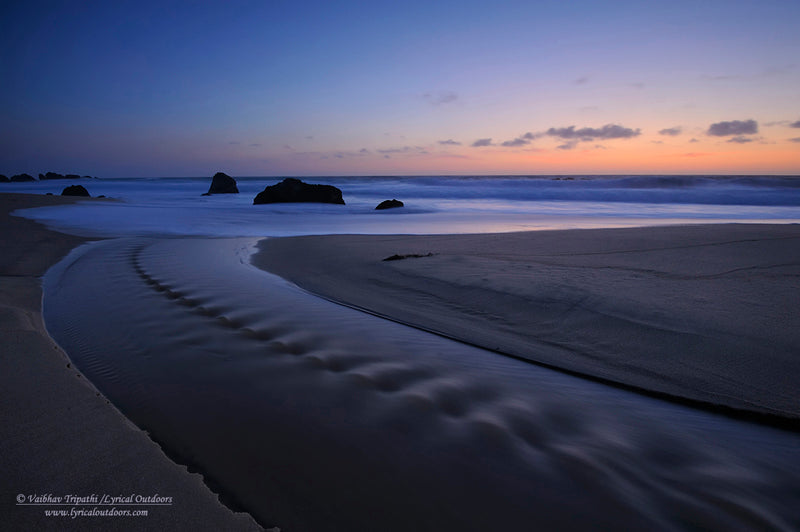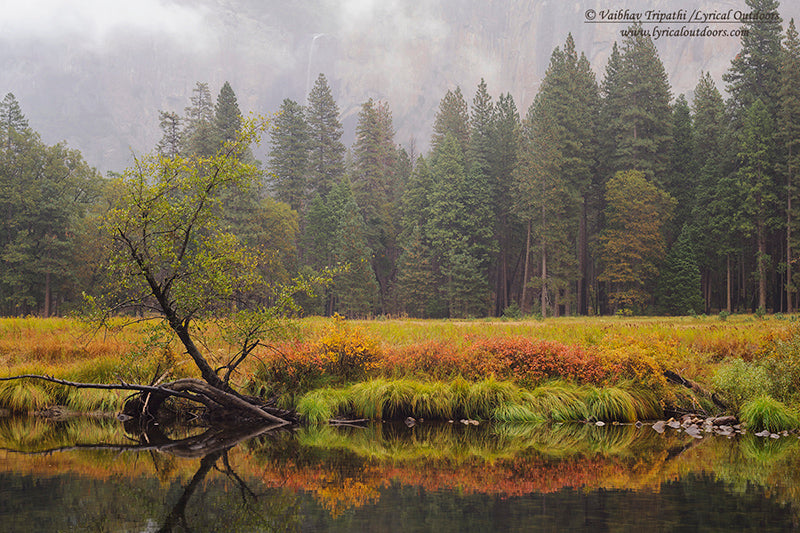My photographs are a window to my experiences in Nature and my own way of connecting to the beautiful outdoors. In my photos, I strive to capture ‘Light’. Having found ‘quality light’, my next step is to search for anything earthbound (landscapes, figures) to match or complement it, and in the process create a moving narrative with visual harmony.
As a general rule of thumb, good light for landscapes/outdoor/nature photos occurs early morning or late evening, when the low angle sun paints the land in beautiful golden/reddish light. Though many of the photos in this article are made in such lighting, I want to emphasize that this is a general rule of thumb, and good light definitely exists at other times of day (depending on the subject), some of which we will also explore in this article.
The Golden Rule: Get out early (before dawn) and stay out late (after dusk)
In my small photography career (if I can use the word), this mantra has served me really well. I have often found unique ways to work with the low angled, early morning (or late evening) light resulting in novel juxtapositions of light and land. This has been true even in places that I have visited countless times. In fact, familiarity has often helped me find good compositions quickly in fast-changing light.
For the seekers of good light, who keep the golden rule close to their heart, Mother Nature will sometimes throw in a few surprises. Such moments result in some of my most cherished images. These surprises can range from a solitary lit cloud to a grand light show where splendid colors spread from horizon to horizon, enshrouding the land beneath.
Bad Weather = Good Light
Storms generally bring moisture in the atmosphere, which means mist, clouds, and color. Vivid rainbows grace the skies at the tail of rainstorms, and together with beautiful clouds, they can transcend a common scene into a captivating image. Floating mist, clouds, and beautiful light contribute towards the otherworldly atmosphere of a clearing winter storm, photographing which is always high on the bucket list of many outdoor photo enthusiasts.
On a calm, clear morning after a storm, when the sun hits the soaked landscape, I look for the beautiful rising mist. This mist, especially when backlit, makes a beautiful subject to photograph. As an additional benefit, tourists generally stay away in bad weather, which means photographers can have the place to themselves. Simply put, one usually gets a memorable reward in return for braving slight discomfort.
Soft Light: Color, Textures
Such lighting situations can occur when a layer of fog or clouds cover the sky, resulting in Nature’s own giant soft-box. On a small scale, soft light can be easily found in shade. In these conditions, you can really shoot all day without worrying about the harsh mid-day sun or high contrasts.
Looking for intimate scenes instead of sweeping vistas usually works in such lighting, in which I often look for textures and colors to pop and come alive. In addition, this lighting has a bucolic charm to it with a painterly feeling. Using this emotional connection helps make memorable images.
The quest of finding good light has effectively fueled my photographic journey and has taken me closer to Nature. Shooting in quality light and getting the image almost right in the camera has kept my post processing time to a minimum. My image processing workflow is fairly straightforward: it begins with importing and developing a raw file in Lightroom, (mostly exposure, white balance and contrasts) followed by exporting the image to Photoshop where I sometimes use Nik’s Viveza and Photoshop’s Curve tools for a few local edits. In the days of digital darkroom, when all we need to do is to push a few sliders to alter an image, I have not allowed myself to fall into this trap.
I take pride in witnessing Nature at its finest and treat post processing as a tool to convey my perception of the magnificence. I seldom do multiple exposures, never do HDR’s, and combine images only when stitching panoramas or time lapse sequences (as a personal choice). Saving time in front of the computer allows a serious amateur photographer like me to get out and shoot more frequently. Remember, the more you head out in search of quality light, the more productive you will be.
KEEP UP WITH VAIBHAV: Portfolio & Prints | Blog | Facebook











